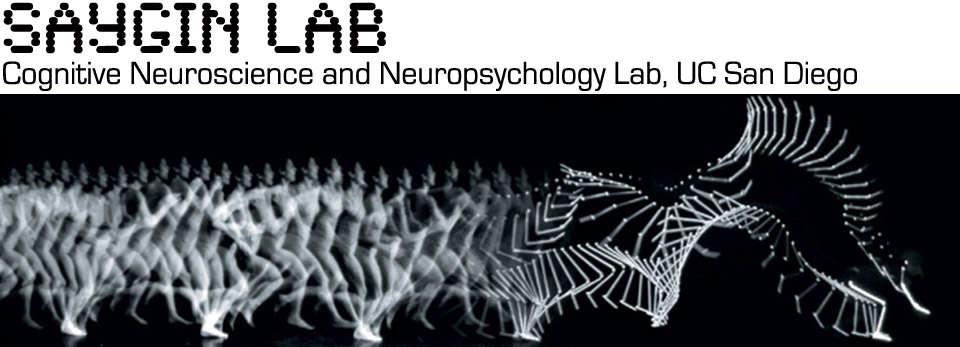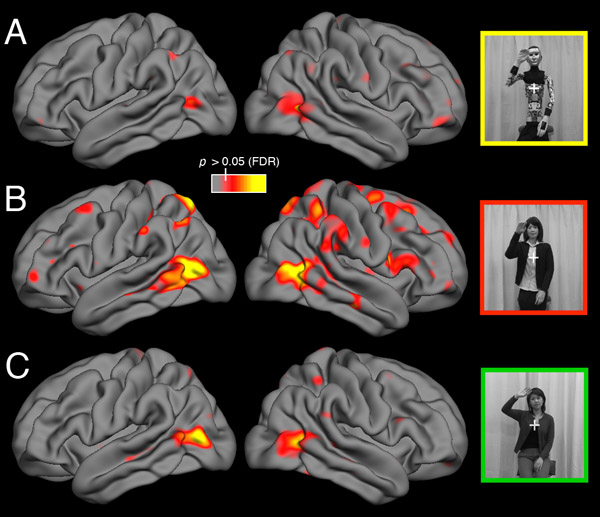Dissertation Defense
The Body in Flux: Tool Use Modulates Multisensory Body Representations
LUKE E. MILLER
Wednesday, Sept 16, 2015, 11 am
Cognitive Science Building, Room 003
Tool use is a hallmark of the human species and an essential aspect of daily life. Tools serve to functionally extend the body, allowing the user to overcome physical limitations and interact with the environment in previously impossible ways. Tool-body interactions lead to significant modulation in the user’s representations of body size, a phenomenon known as tool embodiment. In the present dissertation, I used psychophysics and event-related brain potentials to investigate several aspects of tool embodiment that are otherwise poorly understood.
First, we investigated the sensory boundary conditions of tool embodiment, specifically the role of visual feedback during tool use. In several studies, we demonstrate that visual feedback of tool use is a critical driver of tool embodiment. In one such study, we find that participants can embody a visual illusion of tool use, suggesting that visual feedback may be sufficient for tool-induced plasticity.
Second, we investigated the level of representation modulated by tool use. Is embodiment confined to sensorimotor body representations, as several researchers have claimed, or can it extend to levels of self-representation (often called the body image)? Utilizing well-established psychophysical tasks, we found that using a tool modulated the body image in a similar manner as sensorimotor representations. This finding suggesting that similar embodiment mechanisms are involved at multiple levels of body representation.
Third, we used event-related brain potentials to investigate the electrophysiological correlates of tool embodiment. Several studies with tool-trained macaques have implicated multisensory stages of somatosensory processing in embodiment. Whether the same is true for humans is unknown. Consistent with what is found in macaques, we found that using a tool modulates an ERP component (the P100) thought to index the multisensory representation of the body.
The work presented in this dissertation advances our understanding of tool embodiment, both at the behavioral and neural level, and opens up novel avenues of research.
Please join us and find out more about some of Luke’s exciting research in the lab over the past few years!


